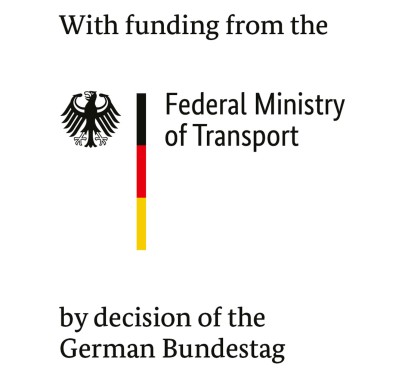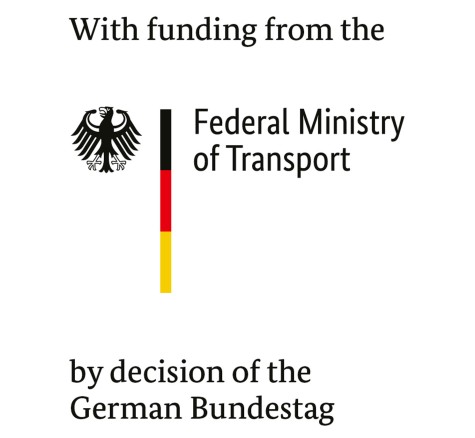The aim of this project is to shift road freight traffic to the more environmentally friendly combined transport (CT), which thus contributes to achieving the climate targets. Due to the limited economic competitiveness of combined transport compared to road freight transport, there has been an increasing concentration of CT services on only a few direct train-capable routes between major economic centers. This led to a reduction in the range of services offered at smaller locations with more dispersed traffic volumes. In particular, the polycentric economic geography in Germany makes it difficult to generate a direct-train-capable volume for an economically viable CT service at all German terminal locations. With the help of innovative production processes and new digital applications, new, innovative approaches to solutions are therefore to be tested in the KV-HUB project, as the existing CT production systems alone will not be able to achieve the shift targets from road to rail planned by the German government.
Since CT has already achieved a relatively high market share on core routes, the additional growth potential in this direct train segment has largely been exhausted. Alternative handling concepts must therefore be designed and implemented to connect lower-volume regions without direct train services. The objective of the planned project is to develop and practically implement precisely this additional potential for CT.
Following the “hub-and-spoke approach”, which is well known and successfully practiced by other modes of transport, it is to be demonstrated that these additional potentials can be integrated competitively in the CT market by incorporating innovative transhipment techniques. To this end, an important hub is being created at Hanover/Lehrte for the shunting-free formation of single-destination block trains with loading units from different stations of origin. The expected bundling effects for shipments from different dispatch terminals means that significantly more origin/destination destinations can be offered. This helps to increase the overall market effectiveness of CT. A reciprocal linking of at least four new train connections, which will be routed via the newly opened MegaHub in the future, will create a total of 50 commercially usable terminal-to-terminal relations for environmentally friendly freight transport by rail for the logistics industry.
In addition, existing optimization models for increasing the efficiency of CT networks will be adapted, newly tailored and used in the form of several solution procedures in the project. The applications make it possible to minimize the transport time of the loading units in the network, to identify further terminal-terminal relations for integration into the MegaHub later in the project, and to minimize delays by making suitable dispatching decisions in the event of disruptions. All in all, this will achieve the best possible integration of the MegaHub into the existing CT network, so that an attractive CT offer can be created while taking economic requirements into account.
Key Data:
Short Title: KV-HUB
Project Duration: April 2021 to December 2026
Funding: The project (50200050) was funded by the Federal Ministry of Transport based on a resolution of the German Bundestag.
Project lead: Hongjun Wu





